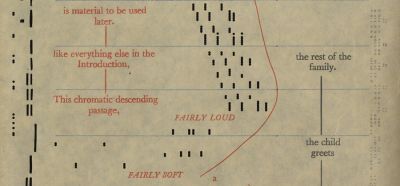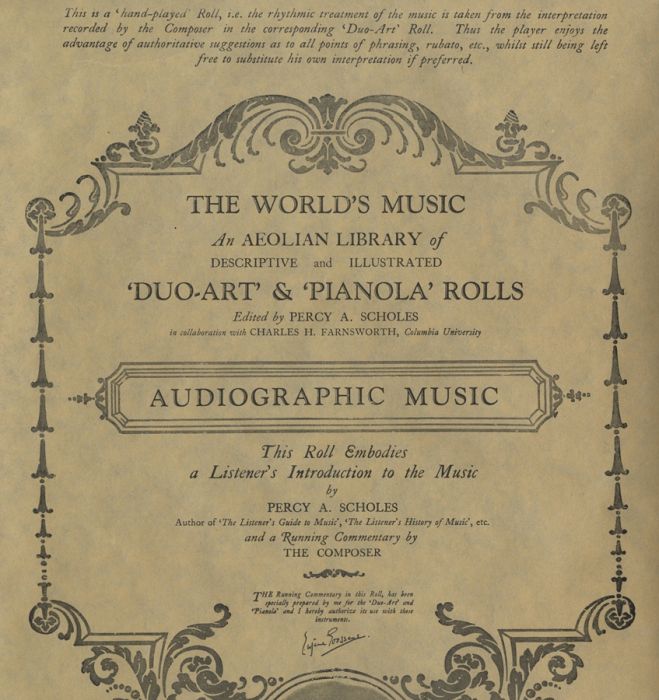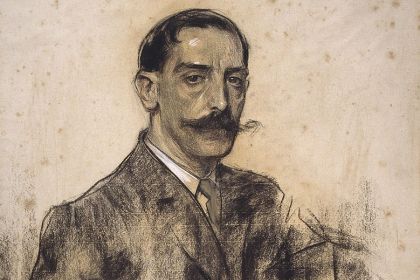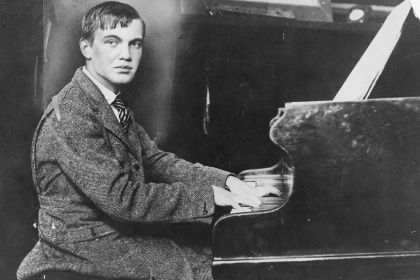TECHNOLOGIES
Pianola: the reproducing piano as the first Hi-Fi player and preservation capsule for recitals on piano rolls

Duo Art and Pianola Rolls
Long before the recording era, mankind was already looking for ways to play music automatically. The earliest known mechanical musical instrument was a hydro-powered organ invented in Persia in the 9th century. In this organ—as well as in subsequent devices such as a musical clock, mechanical singing bird, barrel organ, and music box—the replay program was usually implemented with pinned cylinders.
The first attempts to teach the piano to play music through the program recorded on paper rolls were undertaken in the middle of the Romantic era, though mass production of a pianola player piano unfolded only by the beginning of the 20th century.
Despite the high price, which reached the equivalent of modern $10,000, the pianola player piano accounted for half of the total piano sales in the 1920s. Its very complex pneumatic device for reading perforated piano rolls made it possible to reproduce most nuanced compositions adequately, even interpreting the strength and duration of keystrokes.
The automatic mechanism of a player piano:


Before the invention of electrical recording in 1926, all records were only available in terrible quality due to the imperfection of the acoustic recording method in which sound was collected by a horn. In this regard, it is not surprising that the pianola had such a massive success: it was a combination of both the musical instrument and piano music player which, in terms of playback quality, can be roughly compared to modern high-end sound systems.
A rather extensive repertoire of musical works for pianola player piano was available on perforated paper rolls in a single format for all manufacturers. For example, the Aeolian Company—one of the leaders in the reproducing piano market—had around 9000 piano rolls in its catalog.
Watch Stroud Pianola play Scott Joplin's Solace (Mexican Serenade):
Due to the fact that rolls for the reproducing piano were generally made from the recorded recitals, piano roll producers sought to sign the most talented composers for many of whom these recordings became the only surviving evidence of their skill.
One of such talents was the Spanish composer Enrique Granados who recorded several piano rolls for the Aeolian Company's Duo-Art system in New York. The recordings he'd made for the curious instrument ended up being his very last since the composer died on his journey home when his ship was attacked by a German U-boat.
Text at the beginning of an audiographic roll:


The reproducing piano also opened up new possibilities for composers to write piano music that could not be played on the instrument by hand. Around a hundred composers, including Igor Stravinsky and Alfredo Casella, created their works exclusively for the player piano.
At the end of the 1930s, the player pianos faced heavy competition with both a rapidly developing radio as well as the higher quality electric recordings. The Wall Street crash of 1929 almost completely destroyed the industry, leaving only a few companies afloat, which, in turn, killed the production of the reproducing pianos by the end of the next decade.




Percy Grainger studied Grieg's Piano Concerto in A Minor with the composer in 1907, and made solo piano rolls of all 3 movements in 1919. In 1978, these were recorded with John Hopkins and the Sydney Symphony Orchestra.
https://www.youtube.com/watch?v=W5bAw9napVY
Thanks to the reproducing piano, Carl Reinecke (1824-1910) is the earliest-born pianist and composer whose playing is preserved in any format.
https://www.youtube.com/watch?v=gw3rswcmFuQ